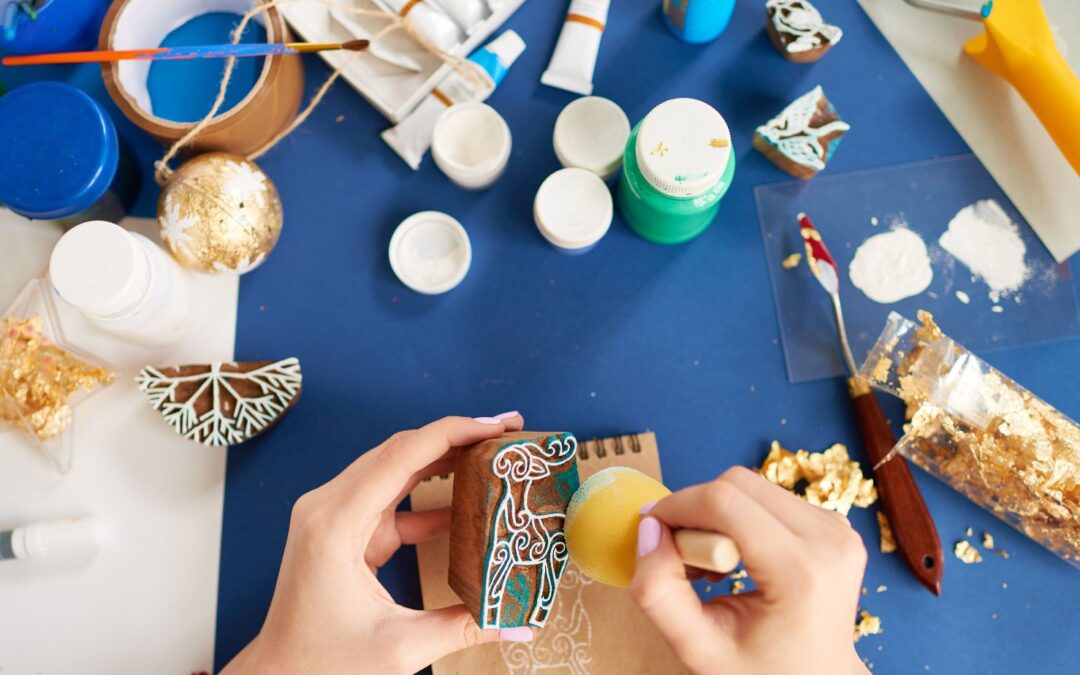Every product photograph is a brand’s effort to tell the brand story. It’s an art in itself. Some fail to make a creative impact, not because of the lack of modern gadgets, but just because they haven’t considered capturing the product png images as art.
Online surfers get distracted by millions of images, and imagine a shopper’s situation? Competitors are lurking all over the internet, and if a brand wants to win, product photography needs to be treated as art, captured and edited properly to bring out the beauty. Read on to know how to capture product photos aesthetically.
The Power of Natural Light
Well, let’s talk about lighting. Taking product photos with natural light can be a total game-changer. It’s loved for that soft, authentic glow it gives, which really amplifies the visual appeal of the items. Think about it—your photos will look so lifelike and real, just like you see them with your own eyes. And the best part? Natural light won’t cost you a dime!
So, if you’re on a tight budget, you can use natural light to capture some incredible product photos. You might even achieve results that look like they were taken in a fancy studio, without spending much money on expensive lighting equipment. But, here’s the thing: natural light can be tricky.
Tips for Using Natural Light in Product Photography
Be Patient: Climate control is not under human hands. Always check the weather forecast before planning for a shoot. Even if you are unlucky and went shooting on a cloudy day, do not worry. Light during a cloudy day can produce diffused light that is perfect for product photography. If you plan to shoot during extreme summers, there are possibilities that direct sunlight might create harsh shadows.
Shoot Outdoors: Grab your gear and set up your product shoot outside when you get that beautiful sunny day.
Find Diffused Light: To find diffused light, look for a place with gentle, scattered sunlight, like under a tree or near a building. Avoid direct sunlight, which can create harsh shadows you don’t want.

Create your own diffused light: If you can’t get an even diffused light, make your own using soft curtains or white bed sheets. Hang the curtains over your items, filtering out the sunlight and giving it that soft, even glow you’re looking for.
Experiment with Timing: Remember to experiment! Trying different times of the day, like early morning or late afternoon, can yield varied and really appealing results.
Integrating Art and Technology for Unmatched Creativity
The blend of art and technology reveals endless creative possibilities. Embracing the latest technological innovations can elevate your photography to a new level. Use sophisticated drones or 360-degree cameras for a more dramatic experience photographing your products. The possibilities are as limitless as your creativity.
Image editing: Programs like Adobe Photoshop and Lightroom can make good photos unique. Tweaking exposure, contrast and sharpness can enhance your product images. Don’t hesitate to use filters to create a particular mood or aesthetic.
AI-powered tools: Artificial intelligence has transformed photography. Now AI machines can automatically adjust the lighting, remove smudges, and suggest better angles. Software from companies like Luminar AI and Topaz Labs can take your product photography to the next level.
Smartphone Photography: Never underestimate the capabilities of your smartphone. Modern smartphones have powerful cameras and storage tools that can rival professional accessories. Features like portrait mode can create amazing depth of field effects, highlighting your product and blurring the background artistically.
Stage design: The background and props you choose are important for composing your product images. Minimalist backgrounds can make your product pop, while themed backgrounds can tell a story.

Background theme: Imagine a cozy winter sweater photographed in a snowstorm or a winter coat in a field of flowers. The background should complement the product and evoke the desired emotion in your viewers.
Props: Choose props that add flair to your product without covering it up. For example, when photographing food, include ingredients and fillings that complement the product’s use. Remember, less is often more.
Final Thoughts: The Artistic Journey
Product photography transcends the simple act of pressing a shutter button; it’s a blend of artistry and technological prowess. Whether you’re experimenting with natural light or leveraging cutting-edge tech, the possibilities are endless.
Creating captivating product images is about your unique vision and willingness to try new things. So, pick up your camera, master the nuances of light, and let your creativity shine. Your photos will catch the eye and weave a narrative that truly connects with your audience.
Reference

